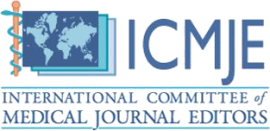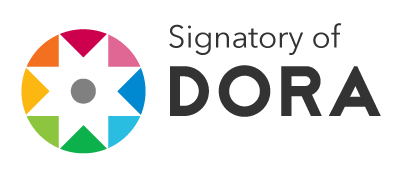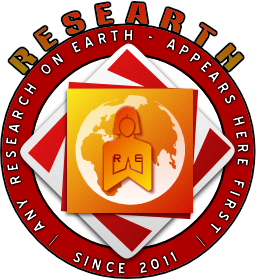Study to Assess Physical Health Status of Children at Selected Orphanage in Salem, Chennai – India
DOI:
https://doi.org/10.51611/iars.irj.v1i2.2011.10Keywords:
Social Health, Nursing, OrphansAbstract
Orphanages are a vulnerable group in any socio-economic setting simply because they are deprived of one or both of their primary care givers. The level of vulnerability they face however increases significantly with the level of poverty. In India below 18’s population is 42,06,78,000 among them 2,57,00,000 are orphan children. That constitute a major part of the below 18’s population (UNICEF, 2005). Orphans are a group of underprivileged population in society. The evidence from the pediatric and child psychiatry literature makes clear that orphanages are neither an effective nor a humane mode of assistance to infants and families. Orphans are some of the most underprivileged children in the world. With few exceptions, children without parents are deprived of many of the basic rights such as food, shelter, education, and a family environment. Orphanage children are deprived of their primary care givers thus more prone to physical health problems.
Downloads
References
Bhatia .V. et al., “Prevalence of Pediculosis Capitis among Children in a Rural communityâ€, Indian Journal of Maternal Child Health, 8(2), Pp. 39 – 41, (1997)
Cenko .F., “A Child Health Promotion Intervention in Albunia: Results Lessons Learnedâ€, Ig Santa Pubbl, 63(1), Pp. 7 – 20, (2007)
Kweggir .A., (2007), www.global-children.org/programs-cambodia.html
Shukla, B. “Study to Assess the Nutritional Status of Under Five Children in a Selected Sub Center of Bikaner, Rajasthan – India†IARS’ International Research Journal (2011). <http://irj.iars.info/index.php/82800101201101>
UNICEF, “Nutrition – South Africa Humanitarian Crisis – Presentation at the UN/SADC Stakeholders Meetingâ€, Johannesburg, pp 11 – 12, (2003)
World Health Organization, (2005), the Management of Nutrition in Major Emergencies, 2nd edition, Geneva, Pp. 236.
Downloads
Published
Issue
Section
License
Copyright (c) 2011 Bhuvanesh Shukla, Dushyant Shukla

This work is licensed under a Creative Commons Attribution 4.0 International License.
Author(s) hold complete right on the content of this article. Copyright to the content are governed as per Copyright Policy of the Journal.





















